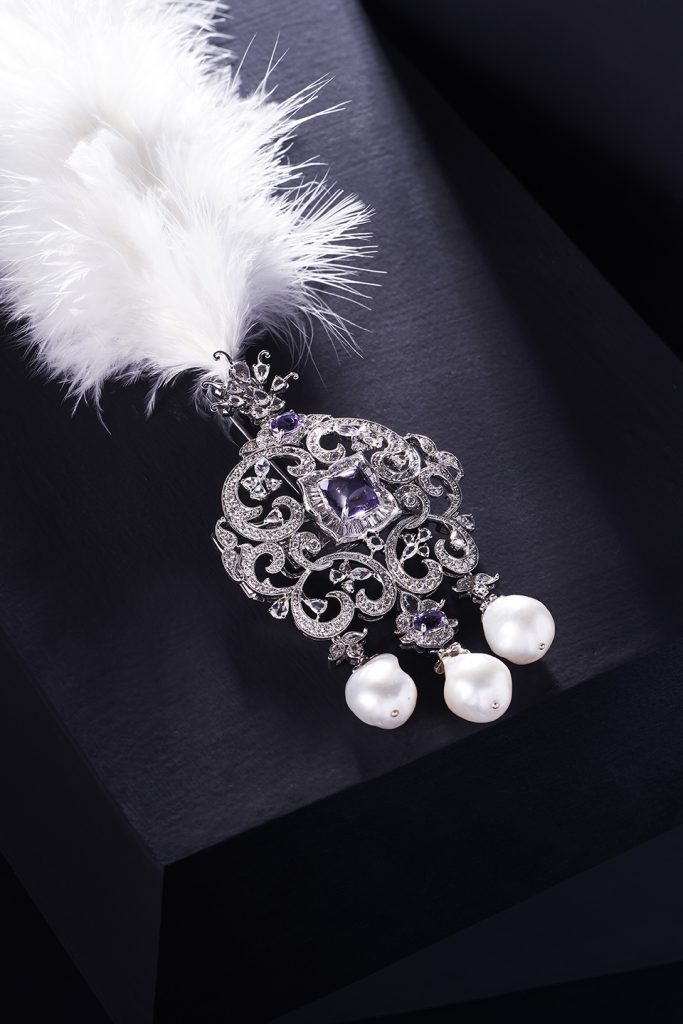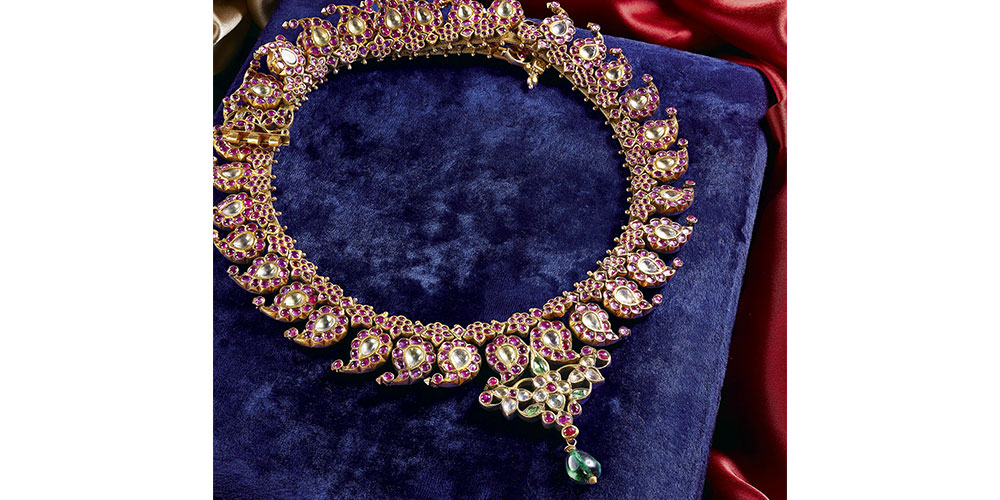If there’s one sector that has performed better than expected in these past couple of years, it is the Indian luxury market. Pandemic or otherwise, the country’s luxury market could easily sustain this growth over the next decade, owing to multiple factors — economic development, internet penetration, policy reforms, growing middle-class population and soaring aspirations in the hyper-connected metaverse.
The size of the Indian luxury market is projected to surpass $200 billion in 2030. According to data experts Statista, revenue in the Indian luxury goods market amounted to $5.94 billion in 2021. The market is expected to grow annually by 8.03% (CAGR 2021-2025). Although the covid scenario has made it hard to predict anything with certainty, it is estimated that India’s economic growth will be in the range of 7.5-8.5%, sustained over the next decade.

Jewellery Performance
There’s a saying that I often repeat: ‘Man has never made any material as resilient as the human spirit’ … time and again we all get tested and emerge stronger.
But the last two years were without precedent in the living memory of all mankind that not only halted and curtailed activities, but affected the health and livelihood of millions of people around the world.
It was a watershed moment for all of us.
We braced ourselves for the worst, we unlearned our old ways, and adopted new methods to not only sustain but bounce back. Who would have believed this time last year that today we’d be in the midst of a global economic upswing?
According to the World Economic Outlook, the International Monetary Fund has forecast a 3.5% global economic growth as against 3.6% in 2018.
The Indian jewellery market has performed beyond expectations and the sales figures of most companies have outshined pre-pandemic levels.
I believe the game changer was the power of radical and agile thinking. We were not just nudged, but forced to think differently. Our industry was badly affected during the pandemic — we saw the mass migration of karigars to their hometowns, factories were shut down, supply and demand was squeezed, and above all, the health and safety of people associated with the industry was a great concern.
The industry unitedly decided to temporarily halt importing rough diamonds as it would have exerted pressure on the diamond pipeline. Thanks to the stimulus packages and exemptions offered by the Government, the industry limped back by mid-2020. In the interim, the Gem & Jewellery Export Promotion Council (GJEPC) concentrated on the wellbeing of artisans and donated Rs.50 crore to the PM Cares Fund and to artisans.
The recovery was uneven until then, with the export segment faring slightly better. This was the time GJEPC decided to hold the world’s first ever business-to-business trade show on a virtual transactional platform – IIJS Virtual. The apprehensions and concerns were valid: was jewellery the right product to be ordered on the basis of a virtual viewing without the touch-and-feel factor…? Nonetheless, we took the plunge!
I’m happy to say that we dared to enter a space where no one else had. IIJS Virtual held in October 2020 resuscitated the domestic market with almost Rs.1000 crore-worth of transactions taking place through the IIJS digital platform. What spurred the latent buying spree? Subdued festivities and reduced guest lists at weddings left people with more cash on hand, which was channelled into jewellery buying. In the face of uncertainties people, who were stuck at home, realised the value of family and relationships that were celebrated by gifting jewellery to reaffirm the bond between loved ones; self-gifting was another segment that propelled sales. Jewellery, most realised, was one luxury product that had a lasting intrinsic value.
With a spate of virtual Buyer-Seller meets from various untapped geographies across the world, we tried to understand the needs of various markets. Come September 2021, and we hosted a mega IIJS Premiere physical show that unleashed a hitherto untapped regional demand for jewellery in all categories. Business worth Rs. 4000 crore was transacted during those five days in Bengaluru, a brand new venue for our flagship show that had always been held in its homeground, Mumbai, since inception.
2022 Forecast – The Shape of Things To Come
In the age of social distancing, online sales of luxury products soared like never before. According to some estimates, the Indian online jewellery market is projected to grow to $3.7 billion by 2025 from $850 million in 2019.
The changing fashion rules and mindset of new-age consumers have driven manufacturers to develop pret and minimalist jewellery. Adornment is no longer about defining one’s status, but about an indication of personal choices for today’s individualistic generation. Aided by superior laser and 3D technology, manufacturers are creating designer but understated pret and lightweight gold jewellery with personalised messages.
Keeping an eye on the trend direction, the World Gold Council supported by GJEPC last year released the ‘You Are Gold’ campaign that reinforces the intrinsic value of the yellow metal but also promotes a new jewellery design language that today’s youth will appreciate.
The outlook for natural diamonds (white and fancy colour) remains high – a look at global and domestic auctions reveal that they continue to hold sway. Diamond jewellery demand will shine brighter than ever this year.
Bridal jewellery sales witnessed a new high during all the three B2B shows (two virtual and one mega physical show).
Handcrafted jewellery in silver or gold-plated silver with a global aesthetic is another segment that is outpacing all others — one, many fine jewellery boutiques are tying up with upcoming designers to promote online sales of affordable lines.
Multiple branding is no longer a taboo for fine jewellery retailers. Established brands are inviting global and domestic designers under their roof for optimising use of retail space and more importantly, driving consumer traffic to experience the vast choice offered by the store.

